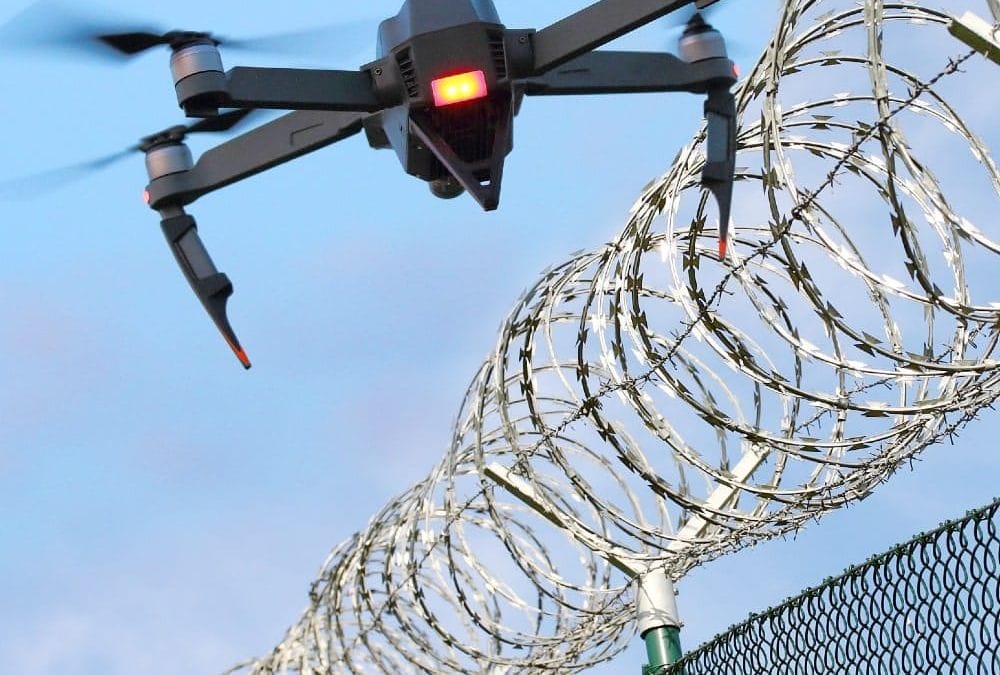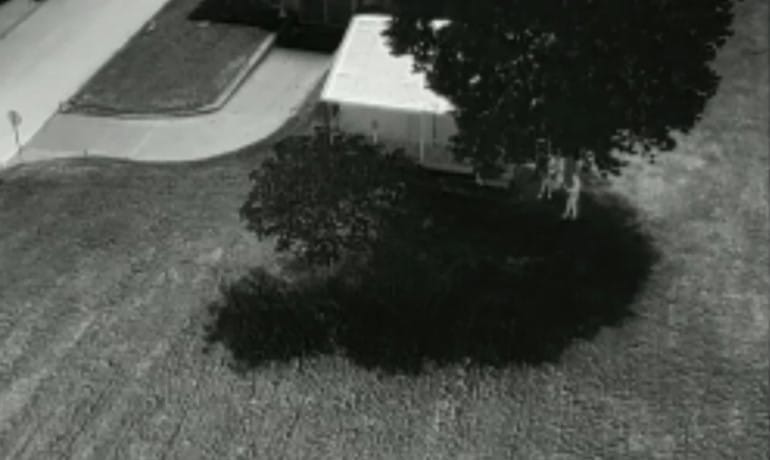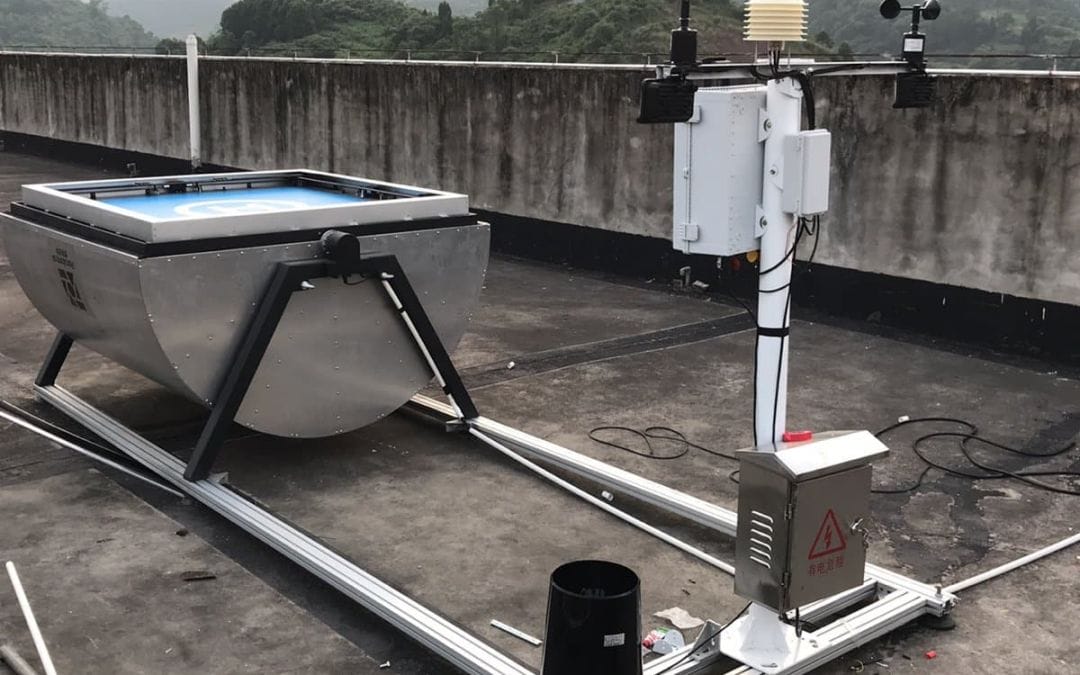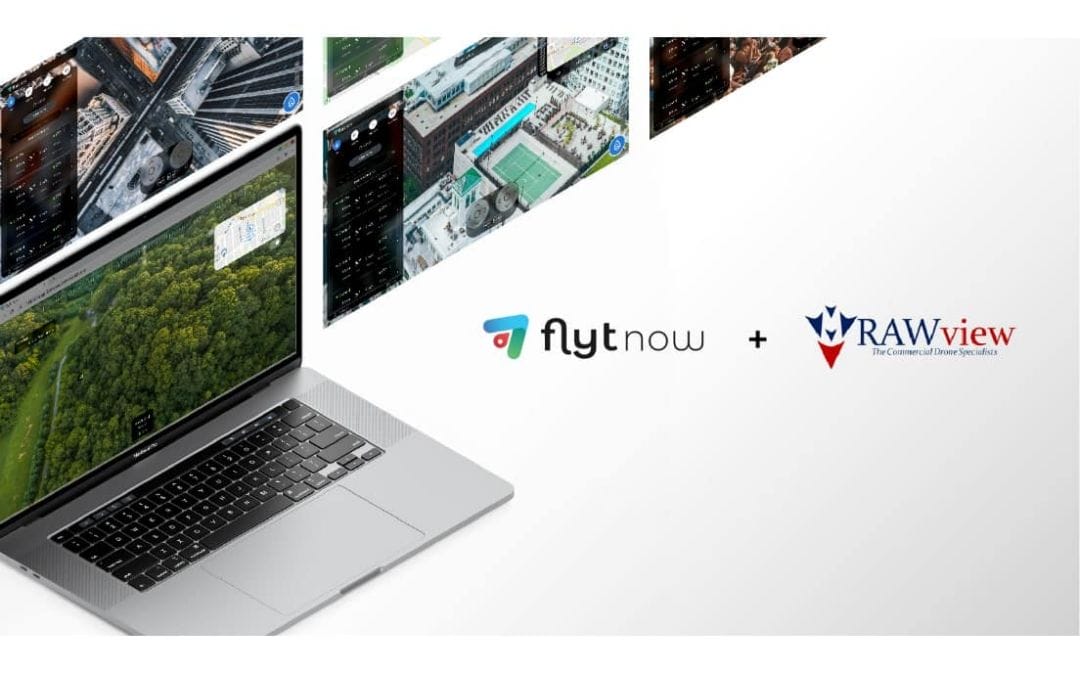How does an autonomous security drone work?
Run around the clock perimeter patrols with an unmanned drone solution.
Explore what exactly is a security drone.
Whilst the benefits of drone technology are attractive to many a company and across many an industry, there has always been a slight reservation from key stakeholders that tends to hold back wide-scale adoption: the need for an on-site drone pilot.

Having spent the best part of 4 years in this exciting, yet still nascent industry, it’s become clear that where businesses see the real potential for drone technology is in its ability to automate manual tasks, as opposed to just making those tasks safer and more efficient, which – by the way – is inherent with drone technology.
Fortunately, the drone industry had already pre-empted this demand and for a number of years, vendors have been developing technologies that give drones the capability to work completely autonomously, in a variety of industry-specific applications.
In this article, we’re going to look specifically at autonomous drones in security applications.
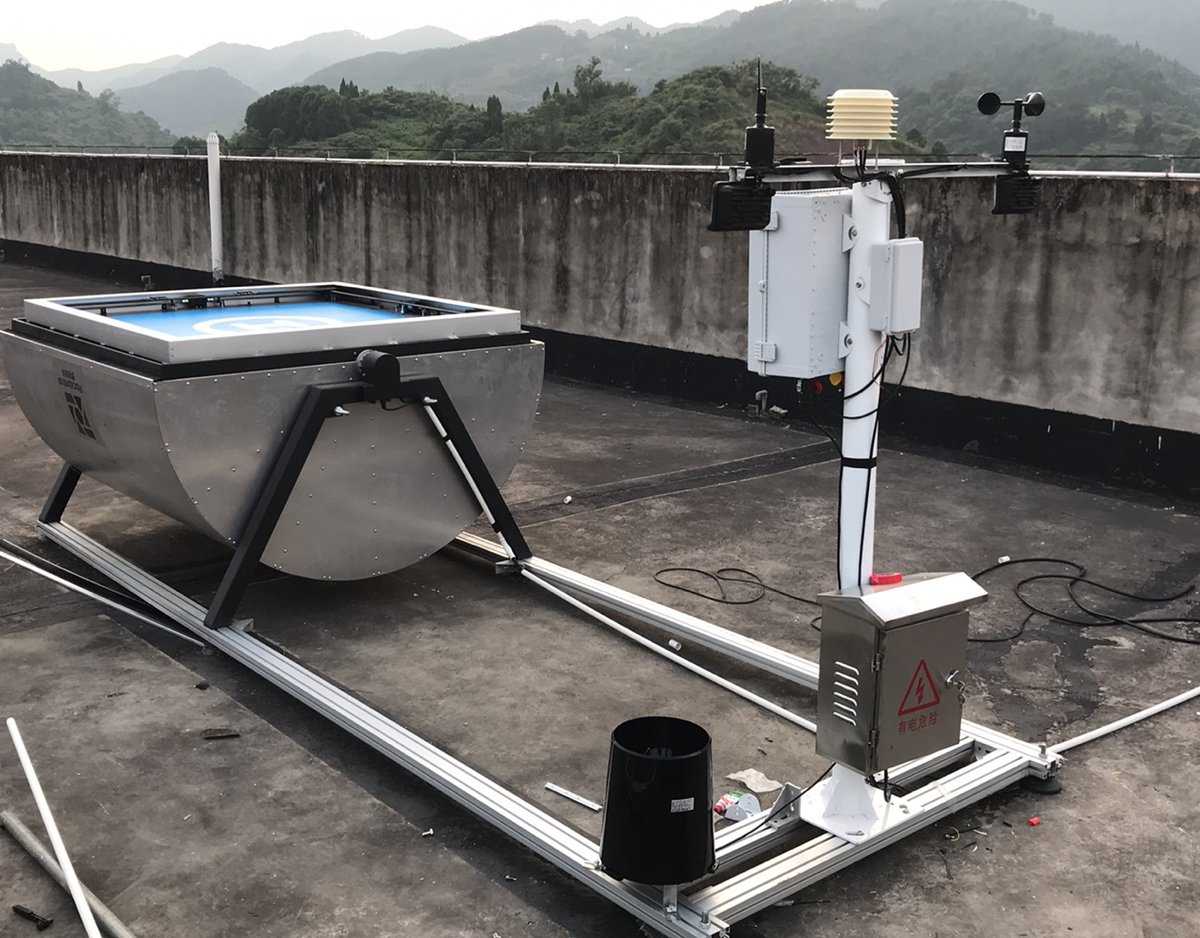

So, what exactly is a security drone?
First things first, when we talk about drones in this context we are referring to small (sub 25kg), multi-rotor aircraft, which are available for commercial purchase.
Some of the features that make a drone suitable for security applications are:
-
-
- An ability to function safely, even in inclement weather
- On-board cameras that can capture high-resolution video footage (both visual and infrared)
- Allows easy integration with third-party hardware and software applications
- Can be connected to the internet (via cloud services)
-
An example of the type of drone commonly adopted for an array of commercial drone applications is the DJI Matrice 300 (see image below). This aircraft meets all of the key features listed above, making it the perfect starting point for drone-based security.

How does an autonomous security drone work?
Most modern drones already have the capability to fly in a highly automated state – by that, I mean that the drone uses GPS to automatically fly itself between “waypoints” (user-defined points on a map). This is not dissimilar to the principle of the “autopilot” system you’d find on a commercial airliner.
HOWEVER, having an ability to safely navigate from one waypoint to another, without any human input, is only part of the story when it comes to a fully autonomous security drone.
To understand the meaning of the word “autonomous”, we can turn to a great interpretation from technology experts, Technopedia. They talk about the use of Artificial Intelligence and Machine Learning to make things work without human guidance or direct intervention. The last part of that sentence is important, and should be remembered whenever you hear the word autonomous; not just in the context of drones, but with any sort of technology.
In actual fact, if we consider a common security task that many companies wish to automate, we arrive at perimeter patrols. In this example, having a drone that can fly itself is only the tip of the iceberg – in order to be able to remove the human from this task, the system also needs to:
-
-
- Include a weather-proof docking station from which the drone will launch and land automatically
- Monitor weather conditions, both real-time and forecasted and decide whether a flight is safe to proceed
- Automatically fly a pre-programmed route, whilst avoiding fixed and mobile obstacles
- Think and react like a competent drone pilot at all times and have intelligent failsafe actions that can be deployed in the event of an emergency
- Operate in the hours of darkness
- Provide intrusion notifications (and video feeds) to a control room that could be hundreds of miles away from the site
- Share real-time footage with those who’ll handle the intrusion
-
The graphic below does a good job of showing the workflow of an autonomous security patrol.
Example of an autonomous security drone solution?
If you’ve made it to this part (congratulations!), you should now have a good understanding of what an autonomous security drone solution actually is. Now let’s take a look at a solution in action, conducting a real life mission. Video courtesy of our friends at Heisha.
What next?
If, having read this article, you’re interested to discuss how RAWview could help you implement this type of solution at your company, please reach out to us at [email protected] or give us a call on 0203 488 4071.

